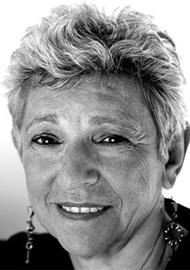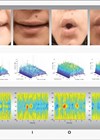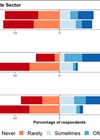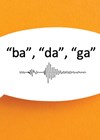Why change a classic? Because of new knowledge and improved technology, of course! Drs Hewitt and Madell present an update to Daniel Ling’s classic speech test.
One of Daniel Ling’s legacies is the Ling Six Sound Test which presents six phonemes – [m], [a], [oo], [ee], [sh], and [s] – to broadly represent the speech spectrum from low to high frequencies [1]. Ling provided a “very low tech, very easy to learn” screening tool that could verify auditory abilities, guide auditory goal setting, and identify red flags associated with poor perception [2]. However, with digital hearing aids and cochlear implants, we became concerned that the Ling test did not provide enough information.
To investigate whether the Ling six sounds provided sufficient information, we completed a retrospective review of 230+ cochlear implant programming sessions and found that the most common speech perception errors were not identified by these six sounds and that multiple errors on Ling testing indicated global perception issues. We also found that most perception errors could be corrected during programming and correction of errors had a positive ripple effect on perception of other consonants.
The LMH (Ling-Madell-Hewitt or Low, Mid, High frequency) Test Battery
The LMH Test Battery is a series of functional listening assessments which increase in difficulty as the child’s perception and abilities develop [3]. The LMH Test Battery is designed to be used daily by professionals and families. Working through the levels of the battery provides valuable information for audiologists to optimise technology settings, practitioners to plan intervention, and families to understand what their child hears.
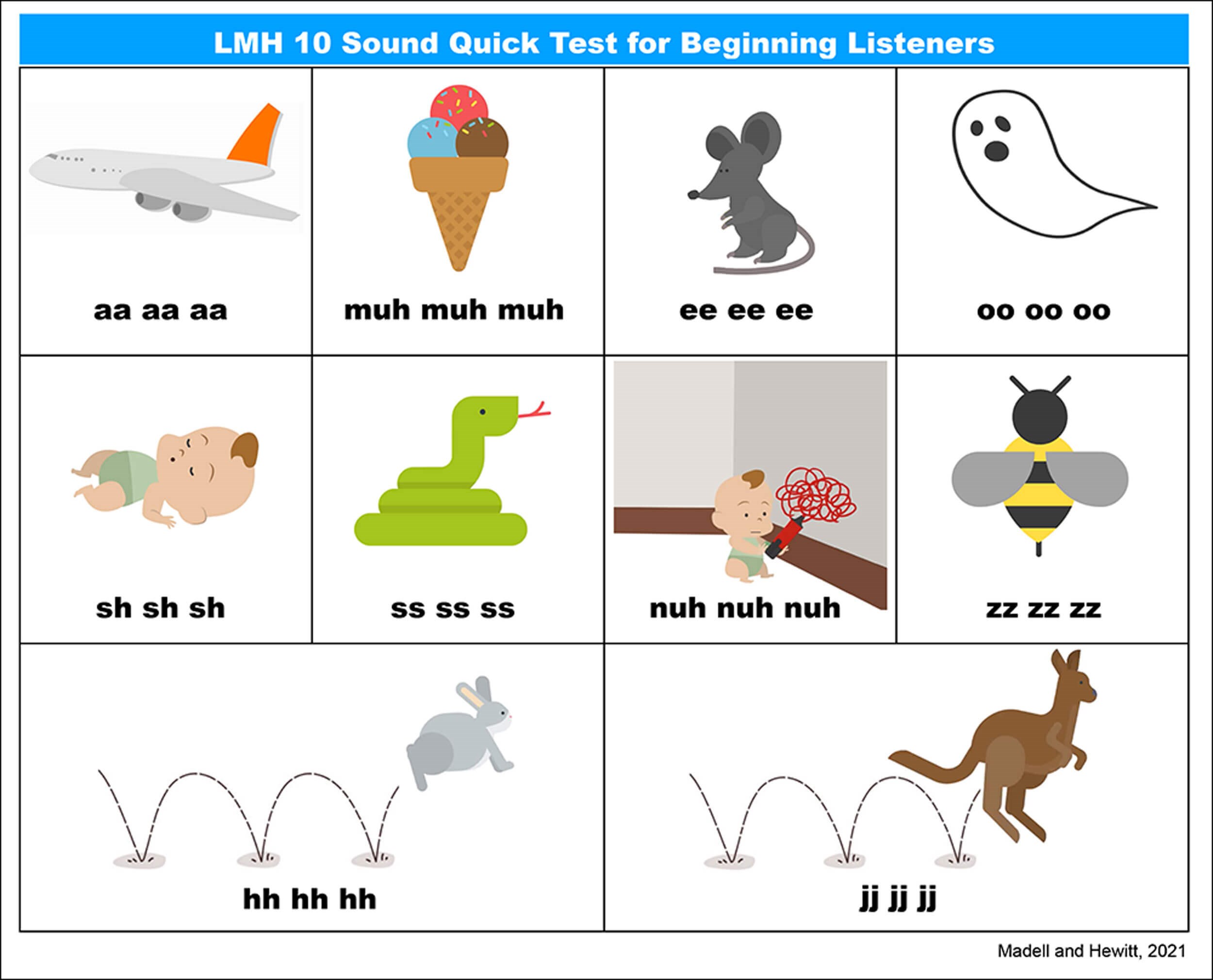
Figure 1 [3].
Level 1: the LMH 10 Sound Quick Test
The LMH 10 Sound Quick Test, is a quick, easy way to check perception across the speech spectrum (see Figure 1). Madell and Hewitt added four consonants (/z/, /h/, /n/, and /dʒ/) to the six Ling sounds to provide additional mid-frequency information [3]. The sounds /z/ and /dʒ/ are considered to be ‘heavy weight’ phonemes which provide low and high frequency perception information simultaneously.
To ensure accurate phoneme perception and eliminate timing and intonation cues, the LMH 10 Sound Quick Test has four important features:
- All sounds are presented through audition alone with no visual input.
- Each sound is presented three times in quick succession (e.g. [a a a], [muh muh muh], [z z z]) to minimise timing and intonation cues. The sounds should be produced with the same pattern or timing so that no clues are given (e.g. do not make [sh] longer than [h]).
- Voiced and nasalised consonants are naturally produced with a neutral vowel ([muh muh muh] or [nuh nuh nuh]) when testing identification or repetition. For detection use [m m m] or [n n n] to avoid clues from the vowel. Voiceless consonants are presented in isolation, not with a vowel (e.g. [h h h] or [s s s]).
- The sounds should be presented at the level of normal conversation, not louder. In normal conversation [s] is much softer than [oo], so do not exaggerate the loudness of [s].
Testing begins with the families or clinicians presenting three repetitions of a sound and looking for detection. Babies can demonstrate detection by alerting, starting or stopping sucking, or localising. Toddlers can respond by dropping a block into a bucket or building a tower. As auditory skills develop, children should quickly move from detection to identification of pictures or objects of the 10 sounds by pointing to the appropriate picture or repeating the sound.
Level 2: imitation of all individual phonemes
The LMH Test Battery does not end with the LMH 10 Sound Quick Test. English has ~ 44 phonemes, so it is essential to quickly begin testing every phoneme to know what children hear accurately, inaccurately, and not at all.
Children at this level should imitate all phonemes using the same three quick presentations, as detailed in one to four above (e.g. [ba ba ba], [t t t], [f f f]). Concerns about developing articulation should not deter introduction of this step. Errors can provide significant information about speech perception, even when articulation is imprecise or inaccurate. (e.g. if a child cannot articulate [g] or [k] but produces [b b b] for [g g g] and a glotally [uh uh uh] for [k k k], the responses suggest the child is perceiving the voicing and frequency band of [g] and the voiceless stopping of [k] indicating fairly accurate perception. However, if the child produces [m m m] for [g g g] and [hm hm hm] for [k k k], the responses suggest perception and programming issues.)
We have found that children as young as 18 months old can begin imitating all phonemes and, even when using a toy to encourage attention, can imitate them in approximately one to two minutes per ear. It is important to record the actual perception error (e.g. If the stimulus is [t t t] and the child says [h h h], record [h] as an error for [t]).
Level 3: imitation of medial consonants
Once children can imitate vowel-consonant-vowel (VCV) combinations, the LMH Test Battery moves to perception of all consonants in this manner (e.g. [aba], [ata], [afa]). In our experience, children with hearing loss as young as two years old can begin to imitate VCV combinations to provide the most realistic perception information for running speech. School-age children can complete this testing in less than 30 seconds per ear. When testing medial consonants, the errors should again be recorded to guide modifying technology settings.
Summary
Hearing technology has progressed to the point that, if appropriately fitted, children with hearing loss can make fine distinctions between similar phonemes. While the Ling Six Sound Test provides some information about hearing across the speech frequencies, it does not provide sufficient information to ensure perception of all phonemes. Utilising the LMH Test Battery allows families and clinicians to tailor testing to individual developmental levels, assess finer distinctions in perception, more realistically evaluate perception in running speech, and provide the audiologist with valuable information to modify technology settings and improve auditory access for optimal speech perception.
References
1. Ling D. Speech and the hearing-impaired child: Theory and practice. Washington DC, USA; A. G. Bell Association for the Deaf; 1976.
2. Smiley DF. Using the Ling 6-sound test everyday. Audiology Online 2004.
http://www.audiologyonline.com/
articles/using-ling-6-soundtest-1087
3. Madell J, Hewitt J. The Ling Madell Hewitt Test Battery. Volta Voices 2022.
https://agbellvoltavoices.com/
the-ling-madell-hewitt-lmh-test-battery/
Links last accessed March 2023.




